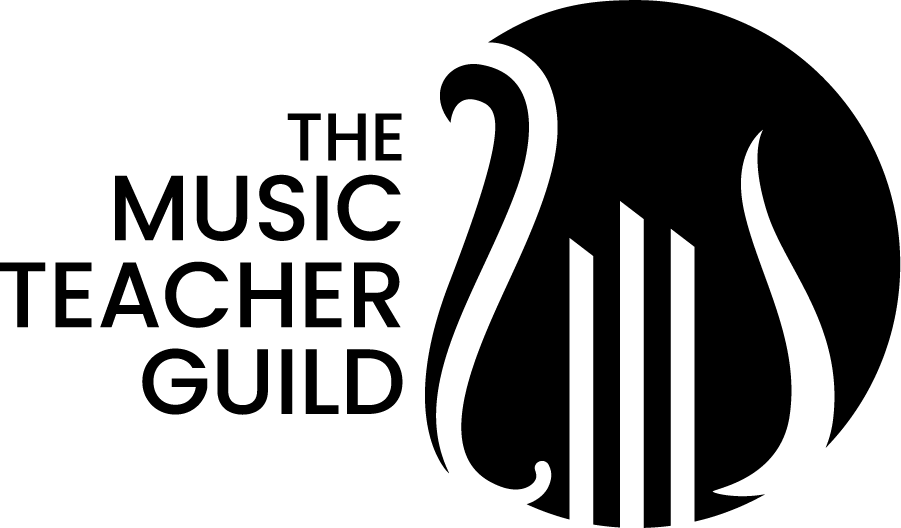Community Building and Its Long-Term Impact on Music Education
Introduction
In today’s music education landscape, fostering a sense of community can be as crucial as teaching scales and theory. For music teachers, community building is more than a strategy; it's a commitment to creating a supportive, inspiring environment that transcends the walls of the classroom. By actively building a community, music teachers invest not only in their students but also in the long-term health of music education.
The Role of Community Building in Music Education
Community building within music education connects educators, students, and families. A well-connected music teacher community has the potential to provide emotional support, foster creative collaboration, and enhance the overall experience for students. Studies have shown that students who feel part of a community are more likely to engage meaningfully in their studies and take ownership of their musical journey.
When music teachers prioritize building a supportive community, they create a space where students can thrive, share ideas, and enjoy a collaborative environment. In turn, these students are more likely to remain engaged, participate in ensemble activities, and develop lasting relationships with peers.
Benefits of a Strong Music Teacher Network
Building a music education community offers numerous benefits for both teachers and students. Here are a few ways that community building strengthens the music education field:
Professional Growth and Resource Sharing
Teachers connected through a community network can share resources, teaching techniques, and curricular ideas that enhance each educator’s classroom approach. From lesson planning to workshop events, music teachers can support one another in making the most of available resources, creating a richer experience for everyone involved.Emotional Support and Motivation
Teaching can sometimes feel isolating, but by establishing a network of colleagues, music teachers can reach out for advice, encouragement, and reassurance. Connecting with other educators who understand the unique challenges of teaching music builds camaraderie, motivation, and the courage to try new teaching approaches. Teachers in a well-knit community also report higher job satisfaction and resilience in their profession.
Strategies for Building a Lasting Music Community
While community building may seem challenging, it can be accomplished through consistent, intentional practices. Here are a few strategies music teachers can use to create a thriving community around music education:
Hosting Local Events and Workshops
Local events, such as concerts, open recitals, and music workshops, bring together students, parents, and teachers, fostering a shared sense of purpose and accomplishment. Collaborative events also offer students opportunities to perform publicly, building their confidence and encouraging continued participation in music education.Engaging Parents and Local Organizations
Parents play a critical role in the success of community-building efforts. Engaging with parents creates a supportive network around each student, providing additional encouragement and resources. Partnering with local businesses and organizations can also elevate the community’s visibility, showcasing the benefits of music education and attracting more support.Utilizing Online Platforms for Wider Reach
Social media groups, online forums, and even virtual classrooms can extend the reach of a music education community. By sharing lessons, event recordings, or practice tips, teachers can create an online space for support, discussion, and learning that is accessible to those outside their immediate area.Mentorship Programs
Pairing experienced teachers with newcomers through mentorship programs builds a supportive network where new educators can ask questions, gain insights, and confidently build their own teaching practices. Mentorship programs also create a foundation of shared knowledge that strengthens the community’s collective expertise.
Long-Term Impact of Community Building
Building a solid music education community doesn’t just enhance the immediate learning environment—it also creates a foundation for future generations of musicians and educators. A strong music community leads to:
Increased Student Retention and Success Rates
When students feel like part of a community, they are more likely to continue their musical education and actively participate in local music initiatives. Community-oriented students often feel a sense of accountability and support, contributing to higher rates of retention and successful outcomes in music programs.Establishing a Legacy of Music Education
Teachers who build a strong community around music education leave a lasting impact on their area. Alumni often return to mentor young musicians, volunteer, or even become music educators themselves, contributing to a self-sustaining community that fosters music education for years to come.
A well-established music teacher community ultimately benefits everyone involved. Students gain a support network, teachers find new professional opportunities and motivation, and communities at large enjoy the lasting presence of local music programs.
Conclusion
Community building in music education is both an investment and a reward. As music teachers cultivate strong networks, they open up new possibilities for growth, learning, and connection within their schools and communities. Whether through local events, online connections, or mentorship, each effort adds to a lasting legacy that inspires generations.
Start building your music community today—your future students and colleagues will thank you!

